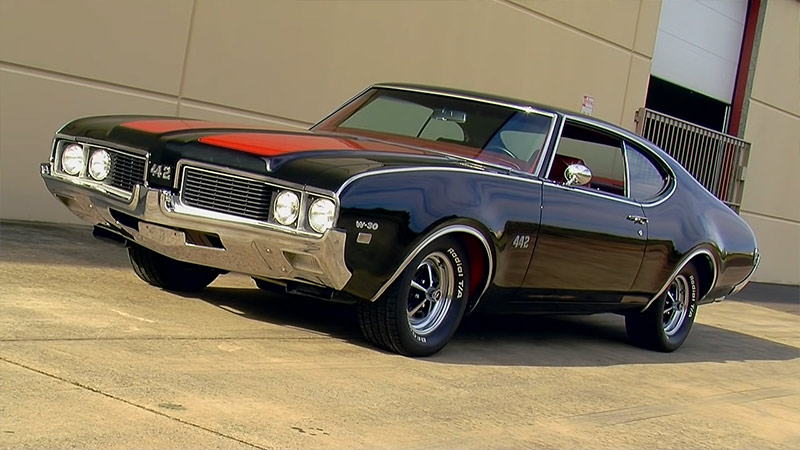In the world of classic American muscle cars, certain alphanumeric codes carry a mystique of power, speed, and nostalgia. “442 W30” is one such code that has left an indelible mark in automotive history.
But what exactly does 442 W30 mean? Beyond mere digits and letters, it symbolizes a high-octane era when roaring V8 engines ruled the roads.
In this blog post, we delve deep into the significance and legacy of the w30 Oldsmobile, uncovering the hidden stories behind its performance, exclusivity, and impact on the muscle car landscape.
From its roots in the 1960s muscle car heyday to its enduring influence on the collector car market, the 442 W30 continues to captivate the hearts of enthusiasts and historians alike.
Join us on a journey through time as we unravel the secrets and stories behind this automotive legend.
What Does 442 W30 Mean?
“442 W30” refers to a specific performance package and trim level for certain Oldsmobile cars, particularly in the late 1960s and early 1970s.
The “4-4-2” originally stood for “4-barrel carburetor, 4-speed manual transmission, and dual exhaust.” It was a designation for a high-performance version of the Oldsmobile Cutlass.
The “W30” was an option package that further enhanced the car’s performance. It included features such as a more powerful engine, performance-oriented suspension, and other upgrades.
The 442 W30 was known for its muscle car performance and was a popular choice among enthusiasts during the era.
The specific details and specifications could vary from year to year, but it generally represented a high-performance, muscle car variant of the Oldsmobile Cutlass.
Historical Context of Automotive Codes
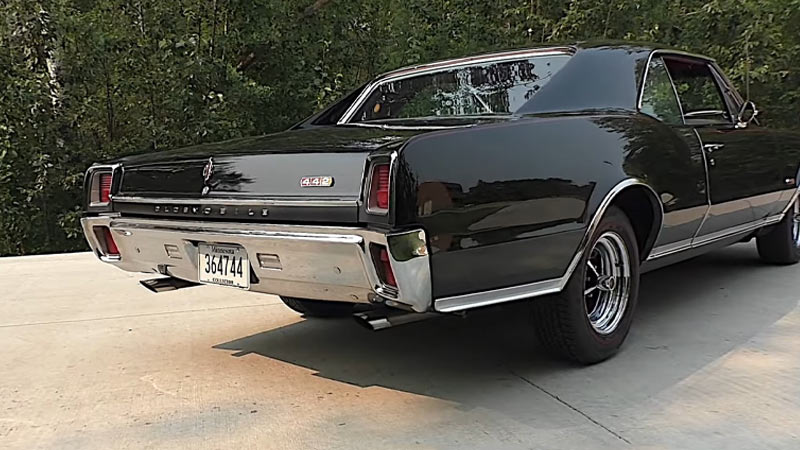
Automotive codes and designations have been used for many years to convey important information about a vehicle’s specifications, features, and options.
These codes have evolved over time, and their historical context can provide insight into the automotive industry’s development and consumer preferences.
Here’s a brief overview:
Model Names
In the early days of the automobile industry, cars were often identified by their manufacturers’ names. For example, you had cars like the Ford Model T, Model A, Chevrolet Series 490, and so on.
These models were often offered in a limited number of body styles.
Alphanumeric Codes
As the automotive industry expanded and more models and options became available, manufacturers started using alphanumeric codes to simplify the identification of different models and their features.
For example, Chevrolet used designations like “150” and “210” to indicate different trim levels for their cars.
V8, V6, etc.
The introduction of different engine types, such as V8, V6, and inline-4, led to the use of engine displacement or power output in cubic inches or liters as part of the model name.
For example, “Chevrolet Camaro 350” indicated a Chevrolet Camaro with a 350-cubic-inch V8 engine.
Muscle Car Era
During the muscle car era of the 1960s and 1970s, alphanumeric codes like “GTO” (Pontiac), “SS” (Chevrolet), and “442” (Oldsmobile) became popular to signify high-performance, high-horsepower models.
Options and Packages
Manufacturers introduced codes to signify specific options and packages. For example, “GT” (Grand Touring) often indicated a sportier, high-performance package, while “LX” might indicate a luxury package.
Emission and Safety Regulations
In the 1970s and 1980s, automotive codes started to reflect the impact of emission and safety regulations.
For example, “California emissions” packages were denoted by codes like “CAL” or “Cali,” and “SRS” might indicate an airbag system.
Globalization and Standardization
As the automotive industry became more global and standardized, manufacturers started using more consistent codes and designations.
For example, ISO standards for vehicle identification numbers (VINs) were introduced to provide standardized information about a vehicle’s make, model, engine type, manufacturing location, and more.
Technology and Features
With advancements in technology, alphanumeric codes, and acronyms are now often used to indicate various features and technologies.
For example, “AWD” stands for all-wheel drive, “ABS” for anti-lock braking system, and “EV” for electric vehicle.
Hybrid and Electric Vehicles
Codes and names for hybrid and electric vehicles are becoming more prevalent, with “PHEV” (plug-in hybrid electric vehicle), “BEV” (battery electric vehicle), and “HEV” (hybrid electric vehicle) being common designations.
The historical context of automotive codes reflects the evolution of the industry, changing consumer preferences, and the integration of new technologies and regulatory requirements.
Today, automotive codes and designations are used to convey a wealth of information about a vehicle’s specifications, from its powertrain to its safety features and more.
Understanding the 442 Code
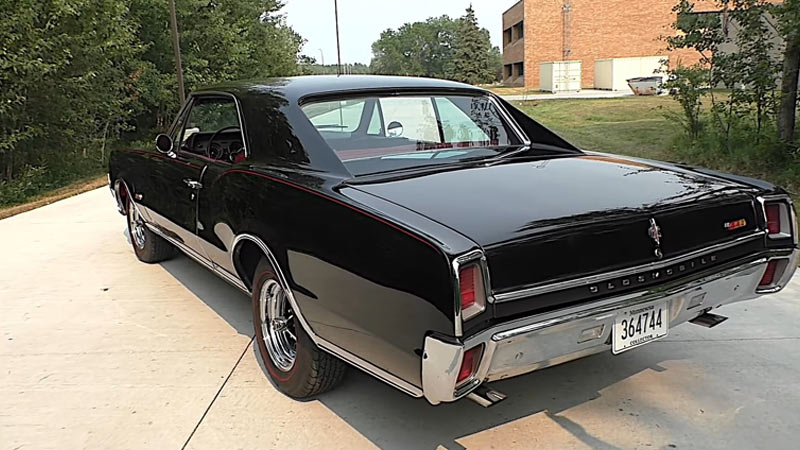
The “442” code, which was originally associated with Oldsmobile, had a specific meaning that conveyed key information about a high-performance variant of their vehicles. The term “442” originally stood for:
4-barrel Carburetor
This indicated that the car was equipped with a four-barrel carburetor. A carburetor is a device that mixes air and fuel for the engine.
A four-barrel carburetor typically allowed for more air and fuel to be drawn into the engine, enhancing its performance.
4-speed Manual Transmission
This indicated that the car came with a four-speed manual transmission. A manual transmission allowed the driver to manually shift gears, providing greater control over the vehicle’s acceleration and performance.
Dual Exhaust
Dual exhaust means that the vehicle had two separate exhaust pipes and mufflers.
This configuration could improve engine breathing and exhaust flow, helping the engine perform better and produce a distinctive exhaust note.
Over time, the 442 code expanded to represent more than just these three specific elements. It became associated with a performance package and trim level, typically offered on Oldsmobile’s Cutlass model.
This performance package included various enhancements beyond the original 442 code, such as a high-performance engine, suspension upgrades, special badging, and other features that contributed to a more powerful and sportier driving experience.
The Significance of Olds W30
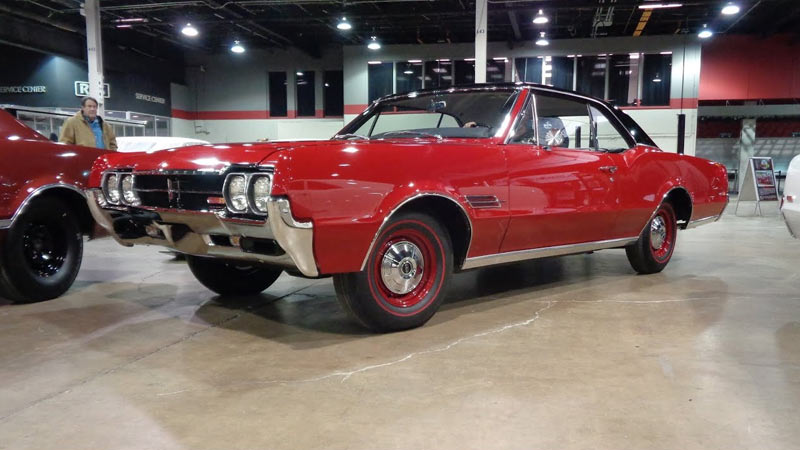
The “W30” designation in the context of Oldsmobile is significant as it represents a specific high-performance package that was available for certain Oldsmobile models, most notably during the late 1960s and early 1970s.
The Oldsmobile W30 package was particularly associated with the Oldsmobile 442 model, which was already a high-performance muscle car.
Here are some key points regarding the significance of the Olds W30 package:
Enhanced Performance
The W30 package was all about enhancing the performance of the Oldsmobile 442 and other Oldsmobile models. It typically included a high-performance engine with various upgrades.
The exact specifications of the engine and other performance enhancements varied from year to year, but they often included features like a high-lift camshaft, high-performance cylinder heads, a special intake manifold, and more.
These modifications led to increased horsepower and improved acceleration.
Ram Air Induction
Many W30 packages included a Ram Air induction system, which allowed the engine to breathe in colder and denser outside air. This led to improved engine performance, especially at higher speeds.
Suspension and Handling
In addition to engine upgrades, the W30 package often included suspension enhancements such as heavy-duty shocks, sway bars, and other components designed to improve the car’s handling characteristics.
This made the vehicle more capable in terms of cornering and overall road handling.
Unique Appearance
W30-equipped Oldsmobiles often featured distinctive exterior and interior styling cues. This could include special badging, striping, and interior appointments that set them apart from standard models.
The appearance of W30-equipped cars contributed to their unique and desirable status among enthusiasts.
Limited Production
W30-equipped Oldsmobiles were not produced in large numbers, making them relatively rare and desirable collector’s items.
This limited production added to their significance and desirability among collectors and enthusiasts.
Muscle Car Era
The Olds W30 package was produced during the muscle car era of the late 1960s and early 1970s when American automakers were building high-performance, V8-powered cars to cater to consumers’ desire for speed and power.
The Olds W30, with its potent engine and performance enhancements, was emblematic of this era.
The Oldsmobile W30 package is significant because it represented a high-performance, limited-production option that enhanced the performance and desirability of Oldsmobile cars, particularly the Oldsmobile 442.
It’s an iconic part of automotive history and a highly sought-after choice for collectors and enthusiasts of classic muscle cars.
The Legacy of Oldsmobile 442 W30
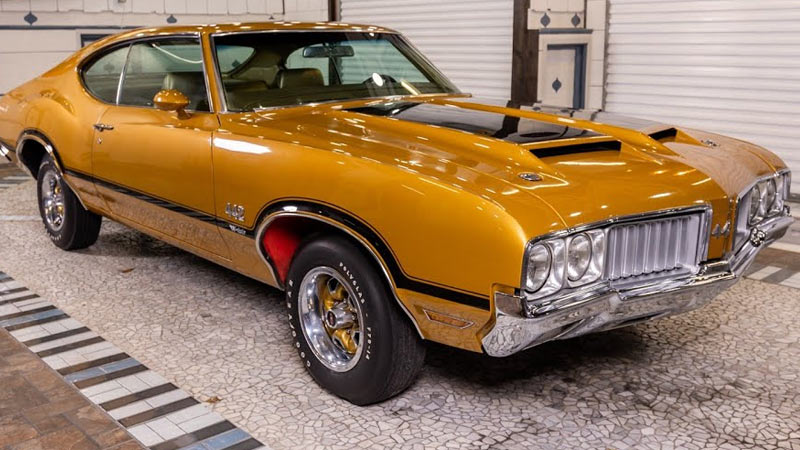
The legacy of the Oldsmobile 442 W30 is an important part of automotive history and the muscle car era.
The W30 package and the Oldsmobile 442 as a whole left a lasting impact on car enthusiasts, the industry, and the brand itself.
Here are some aspects of its legacy:
Performance Icon
The Oldsmobile 442 W30 is celebrated as a performance icon. It was known for its powerful engines and high-performance enhancements, making it a favorite among muscle car enthusiasts.
The car’s ability to deliver speed, power, and an exhilarating driving experience contributed to its enduring legacy.
Muscle Car Era
The Oldsmobile 442, including the W30 package, was a quintessential muscle car of the late 1960s and early 1970s.
It represented the peak of American automakers producing high-performance, V8-powered cars, and it holds a special place in the history of muscle cars.
Racing Heritage
The Oldsmobile 442 found success in drag racing and other motorsport events, adding to its reputation as a formidable performance machine. Its racing heritage has contributed to its legacy as a symbol of speed and power.
Collector’s Item
The limited production of the W30-equipped Oldsmobile 442 models has made them highly sought-after collector’s items. Well-preserved and restored W30 cars can command significant prices on the collector car market.
Influence on Future Models
The success and reputation of the Oldsmobile 442 and the W30 package influenced the design and development of other high-performance models within the Oldsmobile brand and the automotive industry as a whole.
Nostalgia
The Oldsmobile 442 W30, like many classic muscle cars, continues to evoke a sense of nostalgia for those who remember the era when these cars were produced.
It’s a reminder of a time when cars were built with a strong focus on power and performance.
Cultural Significance
The Oldsmobile 442 W30 has been featured in popular culture, including movies, music, and literature, further solidifying its place in the collective consciousness of car enthusiasts and beyond.
End of an Era
Unfortunately, the Oldsmobile brand itself ceased production in the early 2000s. The legacy of the Oldsmobile 442 and the W30 package is also a reminder of the end of an era for a once-prominent American automaker.
The Oldsmobile 442 W30’s legacy lies in its status as a high-performance muscle car icon, its influence on automotive design, and its enduring appeal among collectors and enthusiasts.
It represents a bygone era of American automotive history, and its reputation for speed and power continues to captivate those with an appreciation for classic cars and the muscle car culture of the 1960s and 1970s.
FAQs
What does 442 stand for?
The “442” in Oldsmobile’s 442 stands for 4-barrel carburetor, 4-speed manual transmission, and dual exhaust, indicating the car’s high-performance features.
What does Oldsmobile 442 stand for?
Oldsmobile 442 refers to a classic muscle car produced by Oldsmobile, where the “442” stands for its performance-enhancing features.
What does W30 mean in Oldsmobile?
“W30” in Oldsmobile refers to a specific performance package or option, typically associated with high-performance engines and additional features like suspension upgrades and unique aesthetics.
What is Oldsmobile 442 coupé 1968 – welly 1/24?
The “Oldsmobile 442 coupé 1968 – Welly 1/24” likely refers to a scale model or die-cast replica of a 1968 Oldsmobile 442 coupe manufactured by Welly in a 1/24 scale, ideal for collectors and enthusiasts.
Wrapping Up
The 442 W30 isn’t just a code; it’s a portal to a bygone era of high-performance automotive craftsmanship. Its legacy lives on as a symbol of power and speed, cherished by collectors and muscle car aficionados.
As we wrap up this exploration into the world of 442 W30, we’ve unlocked the secrets behind the numbers and letters, from its performance enhancements to its racing heritage and cultural impact.
The Oldsmobile 442 W30 has left an indelible mark on the automotive landscape, reminding us of a time when the road echoed with the roar of V8 engines.
Its enduring appeal lies in its ability to transport us back to an era when muscle cars ruled the highways, and it will continue to captivate automotive enthusiasts for generations to come.

